How to Plan Long Term: Planning Kindergarten Standards-based Math Curriculum
What are the thought processes that go on in a teacher’s mind when creating her own standards-based math curriculum?
This might be a scary trip, but I invite you into my planning process.
I hope to reveal how I learned to plan my guided math curriculum this past year.
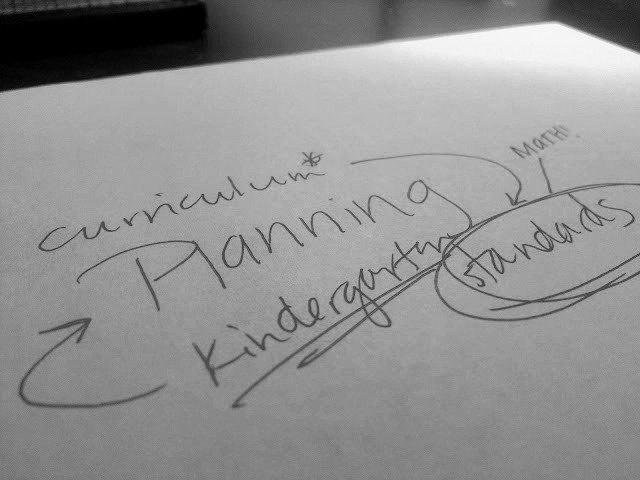
This isn’t meant to tell you exactly everything I taught and in what order, but to give you a guide on what the process looks like.
Start With the Standards
To begin, I knew a few things that affected how I plan:
I knew the standards that needed to be covered, mastered (sometimes those two are different) and the basic layout of the ways I could cover them in my classroom.
I kept a checklist of the standards close by that we’d be covering in a quarter (nine weeks).
Keeping the standards that came before and right after were also close at hand to look at how it plays out in the long run.
Pick Apart Your Schedule
I had to consider how much time we had to cover these standards using our daily schedule.
I could have used some of our calendar math time (mainly in the spring) to give extra repetition, but I didn’t want to rely on that time.
I realized that I had:
- whole group mini-lesson
- guided group lesson
- math journal
- practice zone
- and the technology zone
as times and places in our everyday routine where I could plug in these standards.
Armed with my standards and the times each day where I could plug in standards: I began to handwrite a “master” list of the standards, in shortened form.
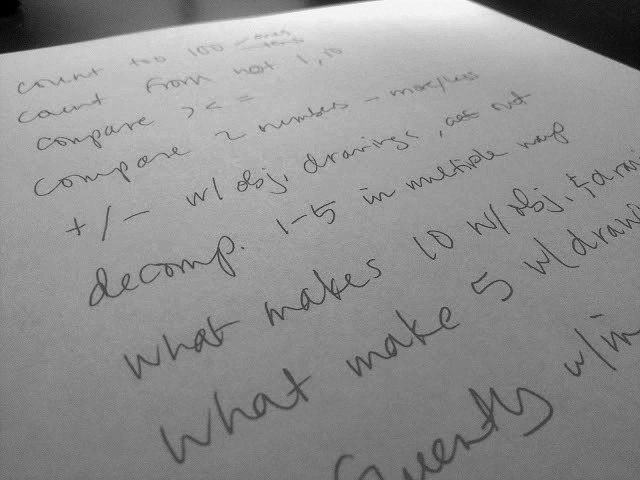
This way I could see at a glance what needed to be covered and then began writing arrows off of each one where I thought I could teach it most effectively.
Plug Standards into Slots
Mind you, I’m not the secret in my classroom. They can indeed learn without me hovering over their every move.
Not every standard had to be taught by me in a mini-lesson or in a small group lesson. I use teaching shapes as an example.
My question I’d ask myself is:
Where can they practice this in order to get:
a) the right amount of practice
b) the right kind of practice
c) the right scaffolding?
This is such a messy part of my process and my notes look ridiculous!
I circle, highlight, draw arrows, cross out and write down things or activities I’m afraid I’ll forget when a great idea pops into my mind.
I mark down items that solely need repetition for success as a warm-up or wrap up activity in the teacher zone.
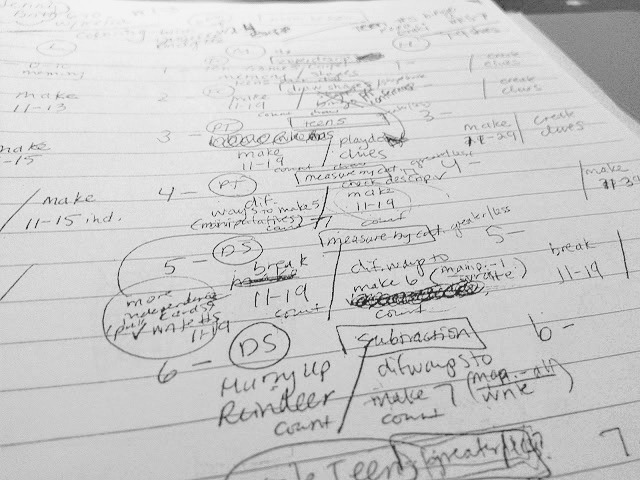
Plan Small Group Lessons
After each standard has multiple places it can be practiced, I can then begin to plan my teacher zone (small group lessons).
Using the list I create, I begin plugging in the items based on their need for repetition and difficulty.
If I am planning the frame around my small group lessons for nine weeks, then I am plugging in items where they fit best.
I ask myself:
- “Does it need to be the main focus of our time together (the core of our lesson)?
- Could it be successful as our warm-up?
- Does it lend itself to be a wrap-up activity?”
Plugging in the standards first allows me to see how many times it’ll be addressed.
Seeing how often we practice a standard helps me come up with a few or many ideas…
Frequency helps me determine if multiple activities are needed to practice in a variety of ways or to simply practice again as we’re refining what we’ve learned.
Plan for Differentiation
Once I plan straight down for each of the nine weeks, I can plan adaptations based on the needs of my groups.
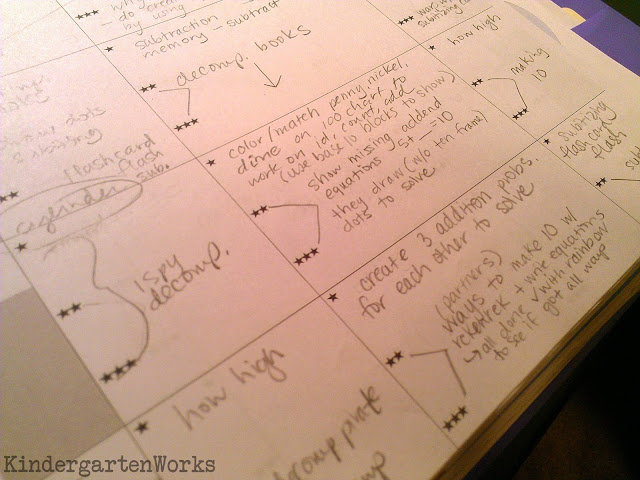
- I plan for my kinders who are on-track.
- The middle ground plan then helps me to differentiate planning for my kinders who are accelerated or advanced.
- The middle ground plan also helps me plan pacing for my kinders who need more repetition and explicit teaching.
I generally keep the type of activity the same and the standard, but increase the difficulty or plan for additional scaffolding.
I can add in my mini-lessons and assessments during this point of my planning too.
From here, I have the basic template for my quarter and can begin to plan the sequence of math prompts and materials that will work great in the practice zone, based on what we’ve covered with the teacher.
This helps me to plan things they can be successful with independently. Then, we’re off and running!
Change is inevitable (as it should be with guided groups), but the plan helps me to know where we’re going and ensure the quality of the practice is there to master each standard.
Set Aside Planning Time
I couldn’t plan all out of these standards on one day, nor in one planning “session”.
In other words, planning long term takes a long time.
Often, I plan the mini-lessons and general ideas behind the group lessons in one day.
Then I planned math journals and materials to go with the small group lessons or the practice zone on another day.
The technology zone was created as I went along the first year I did guided math and as I could have time to scour the internet for better interactive online resources.
I say all of this just to be transparent and share that it definitely took time. Each quarter.
That’s the thought process that has gone on behind my curriculum planning days and this year, I’m hoping to better organize the materials that were the result of all of this planning!
I’m sure there are better ways to create your own curriculum, but in getting to know new standards and a new way to teach math, this is what worked for me.
View Related Product – Guided Math Pack
If you like what I do here on KindergartenWorks, then be sure to subscribe today. I look forward to sharing ideas with you weekly.


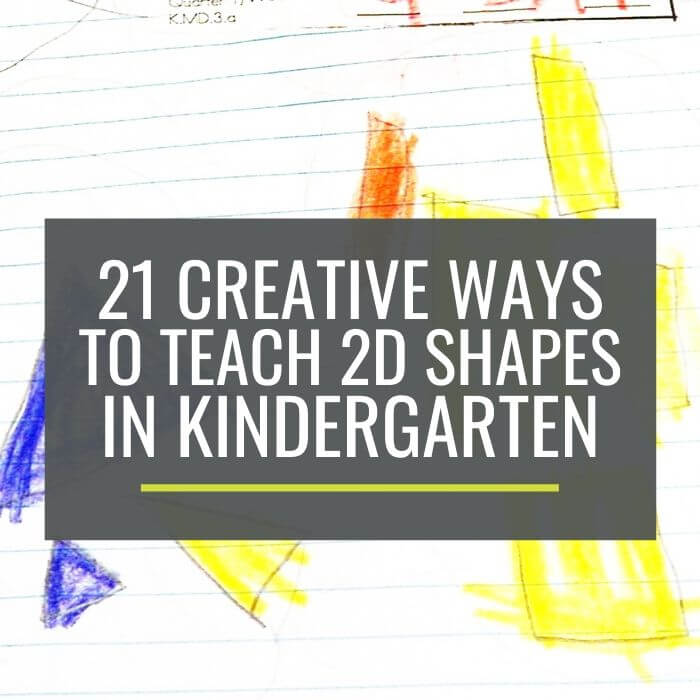
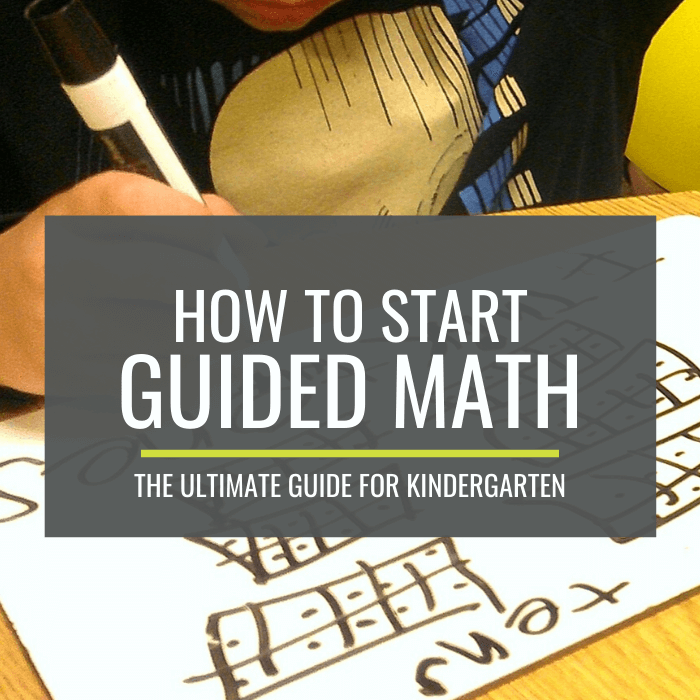
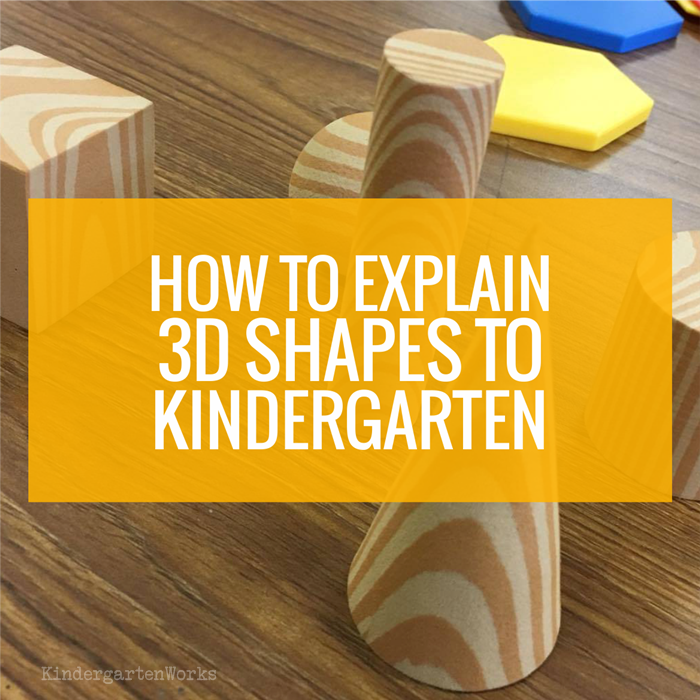
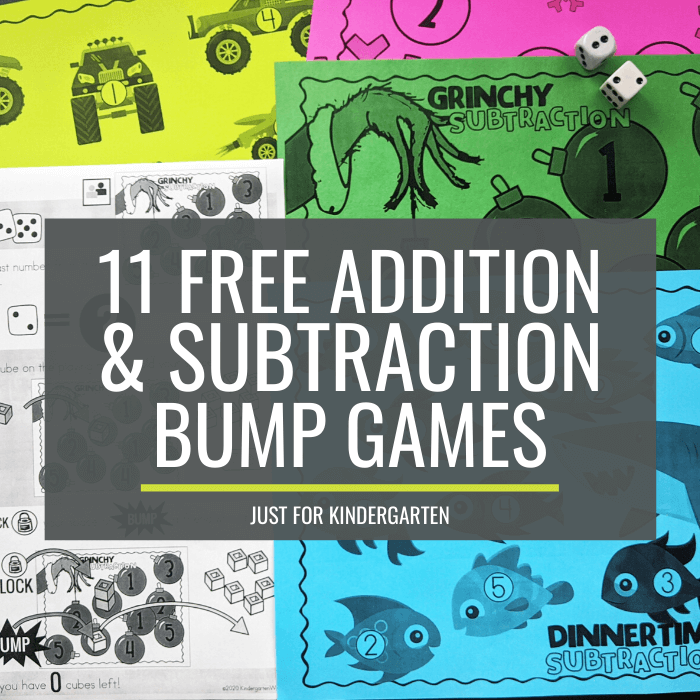

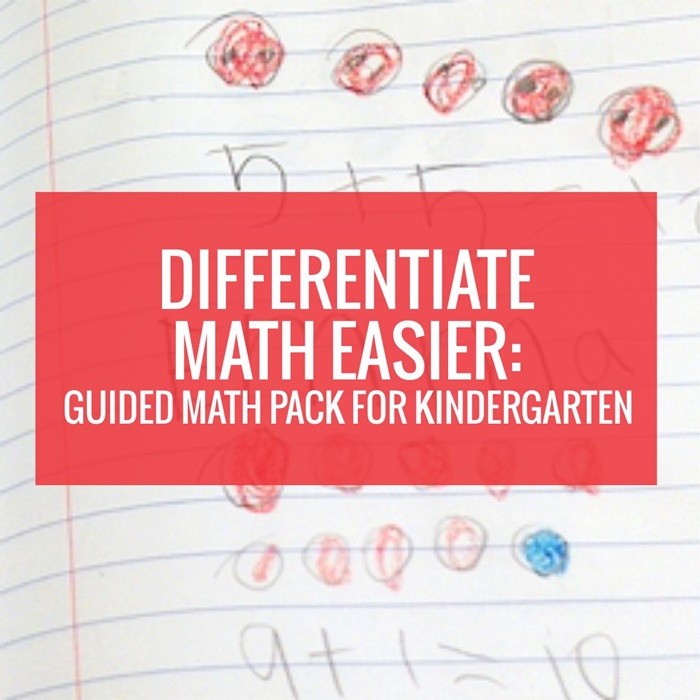
This year I am implementing Guided Math, especially after reading your information. I have looked over your standards per quarter and it is very informative. I have struggled for the past 4 years to teach my students using the curriculum I have been provided. I finally had enough and discussed guided math with my principal and she gave me the go ahead. The problem is I am the only Kinder teacher and I want this to be successful. I was never crazy about the order or length of time the topics were taught with the curriculum. I would like to know the order you teach the standards. If you wouldn’t mind providing me a generic outline of topics and the order you teach them in.
Hi Leila – I can totally relate. The idea of not being able to teach what we need with what we’re given is exactly where I started! That’s awesome you got the go ahead. {{Exciting!}} I was the only kinder teacher in my building for a few years, so I know it can be tough to start out on your own.
It really was the standards broken up by quarter that drove when I taught things in groups. But, what I did next was prioritize them.
Not every standard needs to be taught in small groups. Nor does every standard have to be a “main” lesson with you. By using a guided math approach they have other opportunities (like journals and the other independent practice activities planned) to improve upon their skills rather than just what they get with you.
So say Q1: I really hit recognizing #’s 0-10, counting 1:1 whole group as we were learning how to “do” guided math the first 3-4 weeks of school.
But when it came time to do groups (roughly the last 5 weeks of the quarter) I used most of the CC standards as warm up or wrap up content. They are also easily apart of the other main content (say if we were sorting – they had to count how many in each category). I also used shapes as warm-up or wrap-up content a bunch.
If an entire group struggled with a particular standard during those warm-ups and wrap ups I could easily switch gears and plan it to be a main content piece next time.
I remember starting my teacher zone lessons with the MD standards because it would allow me to see more on how students think (how are they inclined to sort) and organize their work (there’s always someone who tries to stack their sorted buttons in towers as opposed to piles). 🙂 But you can easily say, “Put your rectangle shape over your head, under your chin, next to your pencil…” to sneak in an extra standard or two!
Then for students who were coming along with their rote counting and could count 1:1 to ten – it was time to start building 11-19 with tens and ones (even if they couldn’t recognize or write those numbers yet… that part comes in Q2).
I hope some of that thinking can help guide you to select what’s most important to teach in groups, what can be mainly practiced in your other zones (like mine were always practicing numeral formation and counting 1-10) and what could serve students best in small repeated doses as warm-ups or wrap ups.
I really try to use the Backward Design approach to planning. I start with the outcomes, identify the learning targets, then I look at how many days/lessons and what the content of the lessons will be.
Great tips! Thanks for sharing
– Leslie
Lisa,
I’m wondering if you could share what your report card looks like. I love how you broke down the common core standards into quarters but would like to see how that relates to your quarterly report cards. Thanks for sharing!
Thanks so much for the great binder ideas, I use binders for my students, “THey work great”!
Where did you get that nice, neat list of standards by quarter? Does your district provide that to you? This is what I would love to have to organize my instruction in a sensible manner!!!
Hi Lisa,
My favorite teacher and I took time to copy and paste them into a friendly format that we love! We used the quarterly break down from the state of Indiana. They are available in our CCS assessment bundles since they were a combined effort. I agree that it plays a big role in organizing instruction!
Your blog is great glad I found it!!!! I am your newest follower
First Grade Journal
How long is your guided math block? Do you run a 45 minute block? Do you find yourself having to build stamina similar to daily 5?
Hi Beth,
We definitely had to learn how to do each math zone, and in practicing whole class, we built up stamina before working in small groups. Our guided math block is roughly an hour and 15 mins with our follow-up discussion time. How about your math time? What is yours scheduled like?
As a new teacher, I enjoyed your blog to the MAX! Your statement of “Literacy centers take a strategic set of 27 school days to get up and running to where we have watched, practiced, modeled and practiced some more. I will be introducing math zones in 21 school days since there are less components and more can be explained along the way as students are meeting with me.” Do you have this schedule available for viewing to have a heads up on what to expect with a new group of students starting in August. Thanks so much!!!
Hi Anna,
So glad to hear your feedback from the perspective of a new teacher! Do you mean a math schedule for introduction? I don’t have that finessed yet, since this year was my first with starting guided math. I’m hoping to refine it more this year and be more strategic in the way that I introduce everything now that I know what I want it all to look like. This is really my secret to anything that I do. It’s all in reflection and making notes so you can improve the next time around 😉 My literacy center schedule is listed here: https://www.kindergartenworks.com/2011/08/po-et-tree.html. Hope this helps you as you prepare for your new group!
Hi Megan! The prompts are created by both my favorite teacher down the hall and I. We take our standards and build off of them. Some of the prompts keep getting cycled back in to show growth (or because some simply need more practice to get it right) and some are to show us how they are solving, organizing and developing their thoughts!
Thanks for asking. What do you guys use? Do you incorporate writing and drawing into your math program? This is the first time we’ve ever done something like this.
– Leslie
We use the Envision Math but I saw these and thought they were great idea. I would love to use these in my classroom.
Are your prompts available?
Hi Megan, We have the first semester of school available for purchase here:
http://www.teachersnotebook.com/product/kindergartenworks/guided-math-pack-lesson-plan-templates-strategy-posters-amp-starter-materials
Thank you Leslie, I will go and check them out, It’s always fun finding new ways to spice things up!
You’re welcome Megan!
I am loving your Math Strategy cards: Keep Going, etc… and your Guided Math planning sheets. Do you have files you can share/ or sell on TPT? My browser didn’t let me zoom in enough to see some of the detail, but I *loved* the over all look of them. Looking forward to your reply!
Hi Laura,
I’m so glad you love the math cards and planning sheets. I do sell them in my guided math pack that’s available on TPT. And you can find it here: Guided Math Pack I’m glad you liked the look and I’d love to hear more of your thoughts!
Thanks Beth!
I want to be just like you when I grow up to be a big kindergarten teacher. Having the first year blues, but this is a great help. You got it going on! Good for you. I will be ‘stealing’ as much knowledge from you as I can.
Hang in there Tanya! The first year is always the toughest! Thanks for your kind compliments. Stop by any time to share your thoughts or daily adventures!
I love, love, love this blog. Would you be willing to send me a copy of the bookmarks they use to tell when they are done? Our administration is really looking for assessment and self evaluation. These would be great. Please email me at [email protected]. Thanks for sharing!
Hi C_Copeland, they have been included in the Guided Math Pack that I created available for purchase. I hope bundling them with the other resources I provided makes them more useful!
I am an education student who is obsessed with education blogs, and I just found yours. I’m in love! I can’t wait to put some of your awesome ideas into practice in my own classroom.
Hi Mandy! Thanks for hopping by. Best wishes as you venture into having your own classroom!
Hi Tammy – thanks! Not yet, but I’ll get working on that for you!
I also just stumbled onto your site….thanks so much! Great thinking and great ideas…how can i find a copy of the math strategy cards?
Hi Beth, these aren’t available yet as a product, but I’ll get working on that some more to make them ready for you. Welcome to KindergartenWorks by the way – got your email! Thanks!
Stumbled upon your site, and this is great! Questions- for the individual work strips, what do you do so non-readers understand what they say? Also are the kids groups homo- or heterogeneously?
Thanks !
Hi Jen, Welcome! I always meet with a group and discuss their journal strips before ever releasing them to work on those in their journals, plus we can always review it during our mini-meeting before we get started 😉 The kids are groups homogeneously for math. Perhaps next year I’ll group them differently like I do literacy centers!
Wow– Sounds great! I have a couple questions for you- do you have any examples that I could see of your Ready to check and checked bookmarks? For your center rotation: do your students do all of the top centers and then go back to bottom centers? We have also made our centers so they rotate in a circle- makes it easier for the kids to independently switch. I love the idea that the music for switching is a click away! I am sure I will have more questions as I process all of this-
Thank you!
Primary Connections
I love all the information you shared. I hope you will share more as you “live” this vision with your kids. Will the stations be differentiated based on need as students move through the work stations during the week?
First I just have to say that I want to be just like you when I grow up:) OK, so maybe I’m already grown up, but I love reading your blog and getting insight on how you run your room – it sounds so nice and….un-chaotic. Ahhh, one day – but this was my first year, so I expected the chaos.
Second – for practice number 7 – in the trainings and meetings we’ve had on the CCSS I’ve come to understand that “structure” means the many math patterns that occur, as well as properties (associative, commutative, etc). So for example if the kids come to the problem 2+8 rather than starting at 2 and counting up 8 they know that they can start at 8 and count up 2 to get the same answer with less room for error. Just one example – I hope it makes sense. I can look back on some of my notes (this comment is just off the top of my head) if you’d like:)
cnlpeterson(at)gmail(dot)com
Ann,
I made those strategy cards for my class. I created the graphics to represent the strategies in a kinder-friendly way.
Thanks weheartkinder!
Where did you get the math strategy cards?
Ann
I just found your blog and predict that I will sleep many less hours tonight! Your ideas are amazing and have me inspired! Thank you so much for sharing!
Welcome Lauren! Glad to have you here… isn’t the world of teaching blogs so much fun?!
– Leslie
Thanks Fran! I am glad my post did make some sense!
-Leslie
Kelly- so glad you can use the bookmark idea! I really hope it works for you too. I am excited about it as well1
-Leslie
I love the idea of playing “Whistle While You Work” to start cleaning up.
I just found your blog tonight. I can’t wait to read more.
Just Add Clipart
Leslie,
This is an excellent post which I love so much because you are so systematic in your thinking. I would love to hear how this works with the kids once you have had an opportunity to use this with your young students and can reflect on each aspect.
[email protected]
I love, love, love the bookmark idea!! I would love to use this idea for our CGI (cognitive guided instruction) journals! Thanks so much!!
Kelly (All In A First Grade Day)
Thanks Sylvia! The stations will all be differentiated using the stars as guides liked I mentioned in my previous post: http://kindergartenworks.blogspot.com/2011/06/reflections-and-resources.html
I love all the information you shared. I hope you will share more as you “live” this vision with your kids. Will the stations be differentiated based on need as students move through the work stations during the week?
So clever Dian – I’m gonna use that for math zones! Thanks! My math journal strips aren’t ready to share, I’ve only got 7 out of 9 weeks finished… maybe later!
– Leslie
I really like the strip idea. Teacher and kid friendly! Good idea. Are you going to be sharing those later? I also use music to switch centers. I have recorded silence on my iPod and have it timed for specific groups. I just start that playlist and don’t have to worry about watching a timer. Hope I made that clear. Thanks!
Beth, they actually go to the top icon first, then after the song comes on, the bottom one. The next day their name card will be rotated to the right. Music is huge! Thanks for asking. I will see about the bookmarks.
-Leslie
I just posted about a Weekly Reader and We are Teachers grant for 200 to help you implement your technology- check it out here…
What wonderful ideas!! (ok now I am going to go back and continue reading- I stopped at Ipads…
Primary Connections